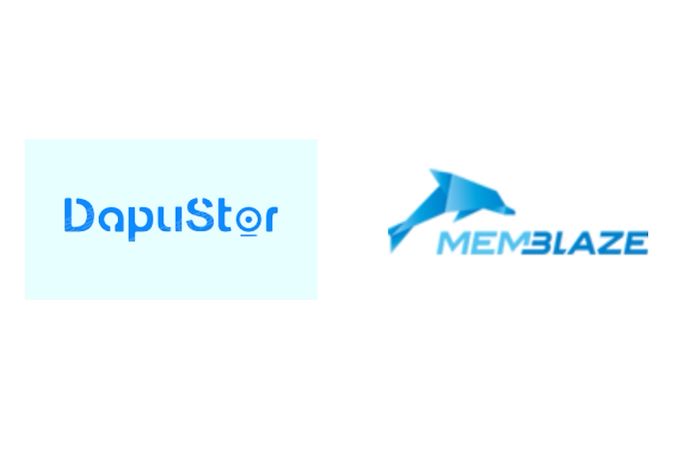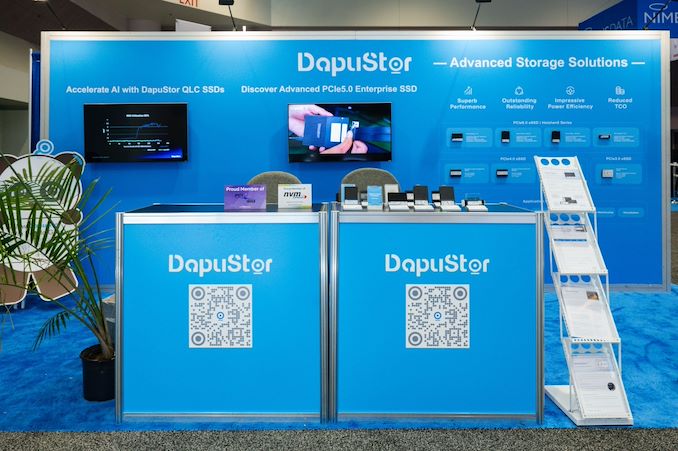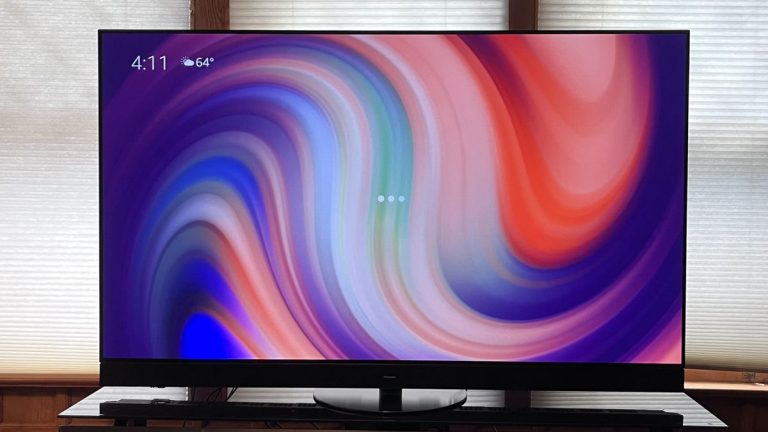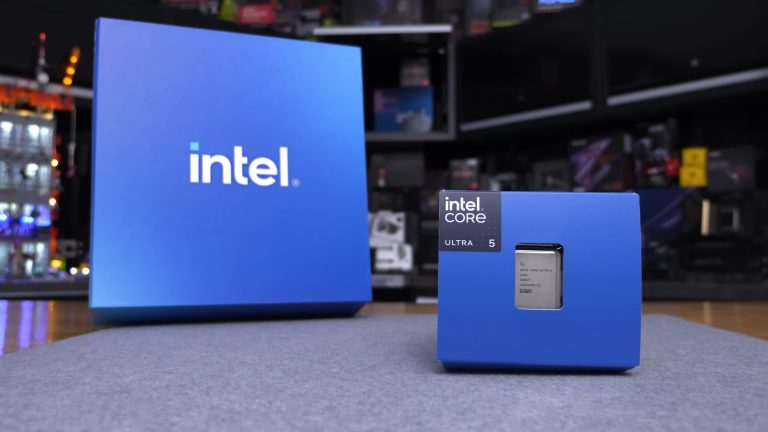Global Enterprise SSD Market Heats Up: DapuStor and Memblaze Unleash State-of-the-Art Storage Solutions

The enterprise SSD (eSSD) market has been growing at a blistering pace, outpacing the client SSD market over the past few years. The rise of AI servers, with their intense demands for both training and inference, has been a major driving force behind this growth. In addition to well-known players like Samsung, Solidigm, Micron, Kioxia, and Western Digital, Chinese companies have been quietly working to service the burgeoning eSSD market within their own borders.
We previously covered Longsys’s use of Microchip’s SSD controllers to develop and market enterprise SSDs under the FORESEE brand. However, before that, two companies, DapuStor and Memblaze, were already releasing eSSDs specifically designed for the Chinese market.
There are two main factors driving the current growth spurt in the eSSD market. On the performance side, the use of eTLC behind a Gen 5 controller has allowed vendors to tout significant benefits over Gen 4 drives in the previous generation. At the same time, there’s a capacity play going on, with vendors racing to cram as much NAND as possible into a single U.2/EDSFF enclosure. QLC is being used for this purpose, and we saw a number of such 128 TB-class eSSDs on display at FMS 2024.
DapuStor and Memblaze have both been relying on SSD controllers from Marvell for their flagship drives. Their latest product iterations for the Gen 5 era use the Marvell Bravera SC5 controller. Similar to the Flashtec controllers, these aren’t meant to be turnkey solutions, but rather offer the SSD vendor considerable flexibility in implementing specific features for their target market.
At FMS 2024, both DapuStor and Memblaze were showcasing their latest solutions for the Gen 5 market. Memblaze was celebrating the sale of 150K+ units of their flagship Gen 5 solution, the PBlaze7 7940, which incorporates Micron’s 232L 3D eTLC with Marvell’s Bravera SC5 controller. This SSD boasts 14 GBps reads/10 GBps writes, as well as random read/write performance of 2.8 M/720K, all with a typical power consumption of less than 16 W. The support for NVMe features like software-enabled flash (SEF) and zoned name space (ZNS) earned Memblaze and Marvell a ‘Best of Show’ award in the ‘Most Innovative Customer Implementation’ category.
DapuStor had their current lineup on display, including the Haishen H5000 series with the same Bravera SC5 controller. They also showcased an unannounced proof-of-concept 61.44 TB QLC SSD, which, despite carrying the Haishen5 series tag, actually uses QLC flash.
DapuStor has already invested resources into implementing the flexible data placement (FDP) NVMe feature into the firmware of this QLC SSD. The company also presented an interesting session on using CXL memory expansion to store the FTL for high-capacity enterprise SSDs – although this is something for the future and not related to any current product.
Having established themselves within the Chinese market, both DapuStor and Memblaze are looking to expand into other markets. With products boasting leading performance numbers and features in the eSSD growth segment, they’re well-positioned to make a strong impression in their future endeavors.








